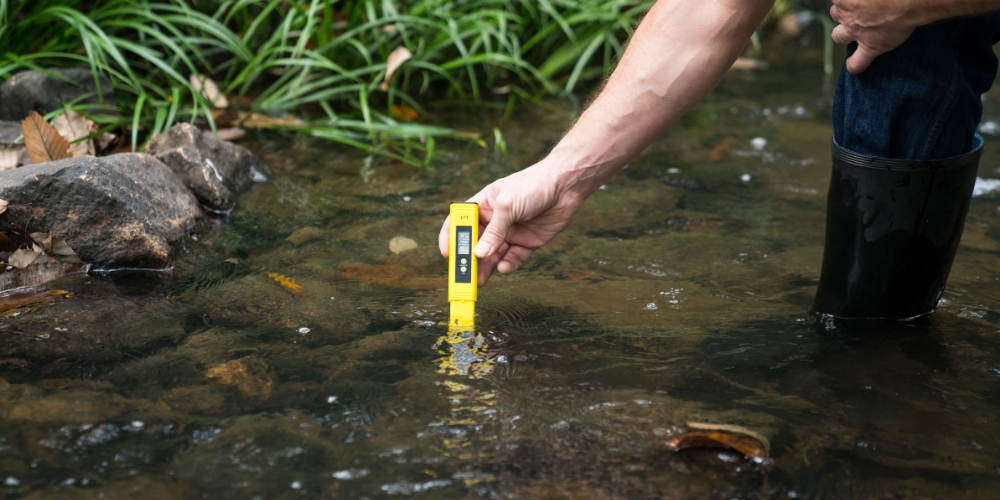Lamasat Architectural Company for Engineering Consultations
Lamasat Architecture is considered one of the top engineering consultancy firms in Abu Dhabi. The company offers specialized consultancy services in the fields of architectural and environmental engineering. The company distinguishes itself with a highly qualified and experienced team in the field of engineering and design.
The aim of Lamasat Architectural company is to provide integrated and sustainable design solutions for engineering projects. The company relies on environmental and sustainable development standards in all of its projects. In addition, the company conducts environmental impact assessments and studies to maintain ecological balance and minimize negative impacts on environmental systems.
“Lamasat Architectural Company provides comprehensive and diverse consulting services to clients in various fields such as building and facility design, water resource management, and green space and park design. The company ensures commitment to quality and innovation in all of its services.”
Choosing a company like Lamasat Architectural for engineering consulting means benefiting from their high expertise and skills in the field of engineering and environmental design. The company works towards achieving the clients’ vision and meeting their needs through innovative and sustainable methods.

The impact of environmental engineering on the natural environment and humans.
Environmental engineering plays a crucial role in preserving the natural environment. By designing and implementing engineering projects in sustainable and environmentally friendly ways, pollution is reduced and the depletion of natural resources is minimized. Additionally, environmental impact assessments and studies are conducted to mitigate negative impacts on the surrounding ecological systems of engineering projects.
In this way, environmental engineering helps maintain the environmental balance and promote sustainable development in communities.
Environmental engineering aims to implement sustainable environmental techniques and practices in order to preserve the quality of air, water, soil, and wildlife. It strives to utilize renewable energy resources and effectively manage and control waste removal to minimize harmful environmental impacts.
Environmental engineering plays a crucial role in protecting human health. When constructing engineering structures, both the health and environmental factors that may affect individuals’ well-being are taken into consideration. Environmental engineering aims to design healthy and safe facilities that provide a clean and comfortable environment for both work and living.
Environmental engineering helps reduce air, water, and soil pollution, improving the quality of life and reducing the risks of pollution-related diseases. It ensures the safe and efficient management of waste and chemicals to preserve human and environmental health.
In short, it can be said that environmental engineering is essential for preserving the environment and human health. It contributes to creating a sustainable and healthy future for future generations.
Stages of Environmental Engineering Project Design
The design of environmental engineering projects includes several important stages to ensure the achievement of environmental and health goals. These stages include:
Current Situation Analysis
At this stage, the current situation of the proposed site is evaluated and any negative impacts on the environment and public health are identified. Data is collected and necessary studies are conducted to determine potential problems.
Solutions Design
Based on the results of the previous analysis, a range of innovative and sustainable solutions is being developed to address the specific problems. Appropriate technologies and measures are being selected to minimize negative impacts on the environment.
Implementation of Design
After the adoption of appropriate solutions, the engineering design of the project is implemented. Sustainable environmental techniques are applied, ensuring compliance with environmental standards and regulations.
Monitoring and Follow-up
After completing the project, it is continuously monitored and followed up to ensure the achievement of the desired results in a healthy and environmental manner.
Lamasat Architectural - Best Environmental Engineering Office
Key Factors to Consider in Design
There are several fundamental factors that must be taken into consideration when designing environmental engineering projects, including:

Preservation of Natural Resources
It is necessary to select designs and techniques that utilize natural resources in a sustainable manner and reduce the use of energy and water.

Pollution Reduction
Projects should be designed in ways that reduce air, water, and soil pollution emissions, while enhancing quality of life and human health.

Proper Planning
It is necessary to consider the scope of the design and the project's requirements, as well as its compliance with environmental standards and local regulations.

Communication and Collaboration
It is important to encourage communication and cooperation with relevant parties and take their opinions into consideration to ensure the proper and effective implementation of the project.
Recycling and Sustainability Techniques
Environmental Engineering for Engineering Facilities
Environmental engineering plays a vital role in designing and implementing engineering projects for engineering facilities in a sustainable and healthy manner. This engineering aims to reduce negative environmental impacts, improve quality of life, and protect the environment. Environmental engineering encompasses the use of advanced techniques, waste management, appropriate planning for sustainable use of natural resources, and encouraging water and energy conservation.
Renewable Energy and Its Role in Sustainability
Renewable energy plays a crucial role in environmental sustainability and public health. Renewable energy includes sources such as solar energy, wind energy, heat energy, and bioenergy. By utilizing renewable energy, the reliance on fossil fuels can be reduced and the pollution caused by greenhouse gas emissions can be minimized. The use of renewable energy should be promoted in environmental engineering projects to create a more sustainable and environmentally healthy future.
The use of environmental engineering and renewable energy in engineering projects can achieve a balance between economic growth and environmental preservation, while enhancing the environmental and health quality for communities and future generations.
Environmental engineering is a vital component in the sustainable and healthy design and implementation of engineering projects. Its aim is to reduce negative environmental impacts and improve the quality of life while protecting the environment. Assessing the impact of engineering projects on the environment involves analyzing and evaluating the project’s effects on land, water, air, animals, plants, and humans in the surrounding area. It aims for project sustainability and avoids negative environmental effects in the design, implementation, and operation phases. Assessing the impact of engineering projects on the environment also includes identifying and implementing preventive and corrective measures to minimize negative impacts and preserve the environment and biodiversity. Through proper environmental engineering, projects achieve a balance between economic growth and environmental preservation, while enhancing the environmental and public health of communities and future generations.
